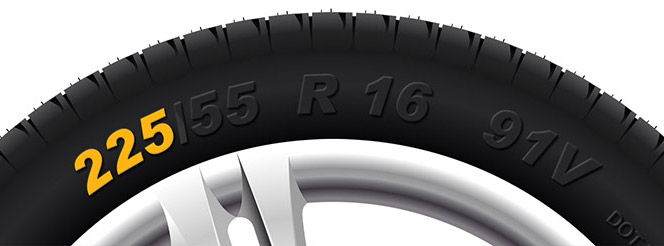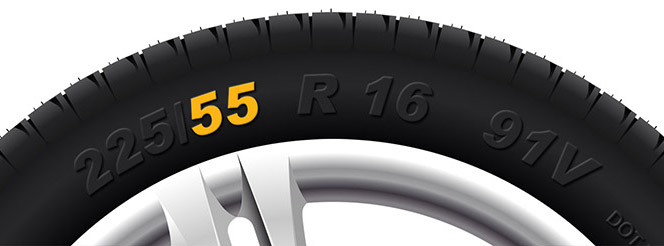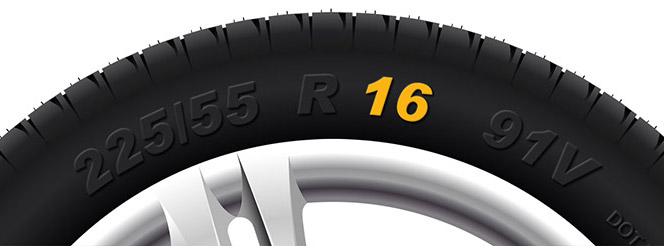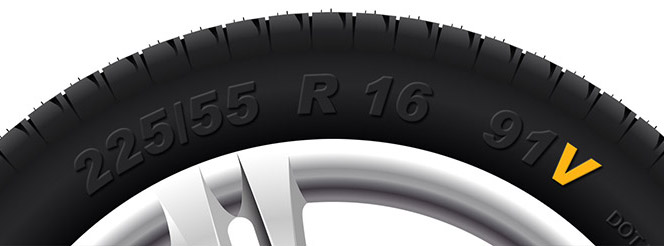WHY WE RECOMMEND FITTING TYRES IN PAIRS
Why We Recommend Fitting Tyres In Pairs
Follow these Steps for the Best Tyre Performance and Safety:
Tyre Pros has partnered with prestigious tyre manufacturers like Michelin to offer advice on how to improve tyre performance and safety. The goals of these suggestions are to maximise vehicle performance and ensure customer safety. When it comes to our clients' autos, we will always provide advice based on our experience and the most recent data from our sources. Keep reading to learn more.
We advised fitting tyres with equivalent wear and type on the same axle.
To guarantee that the tread depth and performance characteristics of both tyres are compatible across the axle, you must determine whether to replace one or both tyres when one tyre has to be replaced. To guarantee optimal braking and handling, it is preferable to replace both tyres if the remaining tyre on the axle has 3mm or less of tread.
Tyres on the same axle should be same type and tread depth
We recommended that tyres of comparable wear and type are fitted on the same axle.
We advise replacing both tyres on the same axle in this circumstance for three main reasons:
- A automobile may veer to one side instead of coming to a complete stop in a straight line when the brakes are applied if it has tyres with varied tread depths mounted on the same axle.
- Even amongst designs made by the same manufacturer, tyre structure might differ dramatically. Several brands and designs being fitted onto one axle might cause under or oversteering when cornering.
- The summer, winter, and all-season tyres on a vehicle should always be of the same seasonal kind. The car may become unsteady if it has two seasonal tyre types.In-depth studies on the impact of combining tyres with various tread depths on the same wheel axle have been conducted by Michelin. Check out the video below to see how it may affect handling and grip:
Newest tyres should be fitted to the rear axle
A vehicle's new tyres should be installed on the rear axle if only two tyres need to be changed, and the front axle should receive tyres with a similar type and tread depth. For better handling, wet traction, and water clearance to prevent oversteer and aquaplaning on slippery roads, the rear axle should have tyres that are more recent and have greater tread. Whether the car has front or rear wheel drive, this is the case.
The car will handle similarly to how the driver had grown accustomed to it before the tyre change if the newest tyres are mounted in the back of the vehicle, where the tyres still have the most grip. It is advisable to install new tyres to the rear axle regardless of whether you are shopping for summer, winter, or all-season tyres because this rule applies to all tyres regardless of their seasonal use.
There are exceptions:
- If the sizes of the front and rear tyres are intended to differ or have distinct size requirements
- When a vehicle is built with directional tyres up front and asymmetrical tyres in the back
The below test carried out by Michelin at the MIRA testing facility show the impact of fitting new tyres to both the front and rear axles:
New Tyres to Front
New Tyres to Rear
If you follow the steps above and fit new tyres in pairs to the rear axle, not only will your car be safer on the road, but it will drive better too. For any questions regarding tyre safety, replacement, or repair, get in touch at your nearest Tyre Pros centre and speak to our experts.



